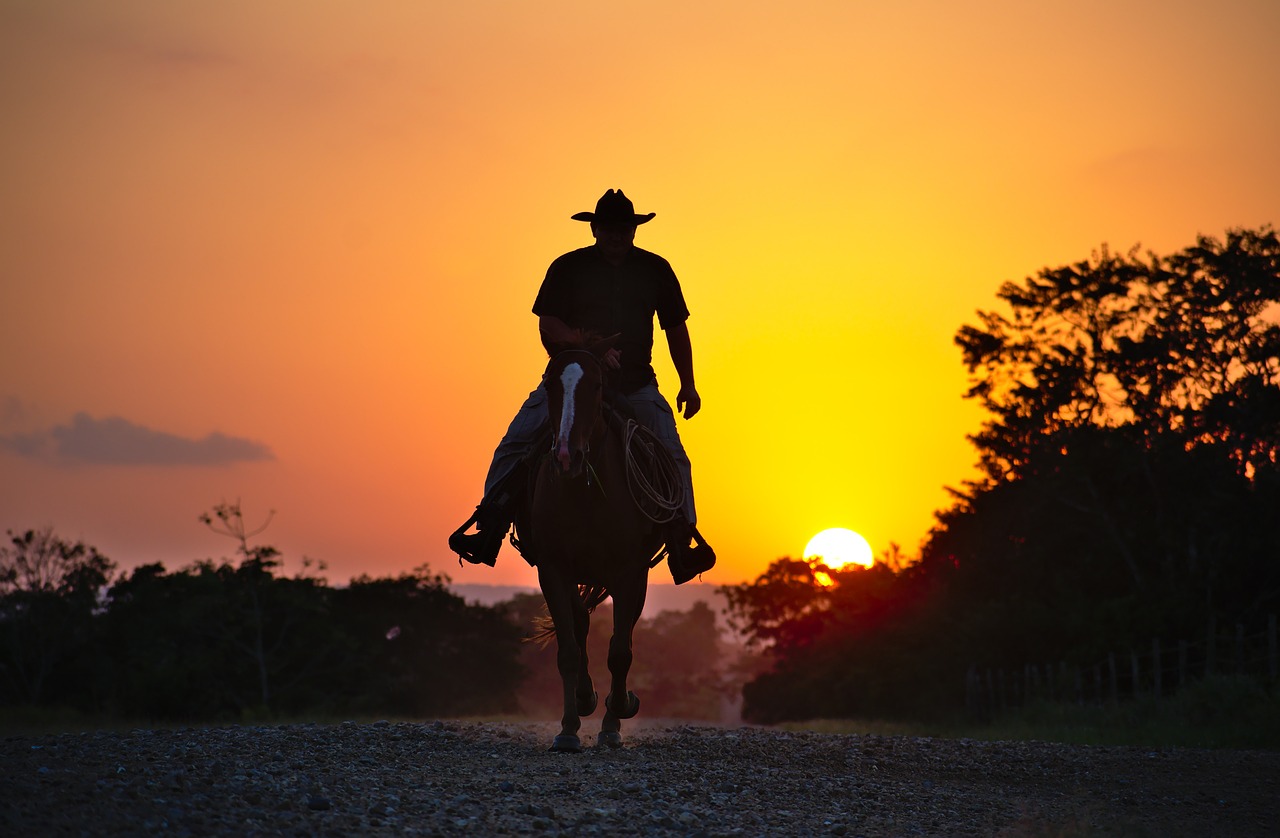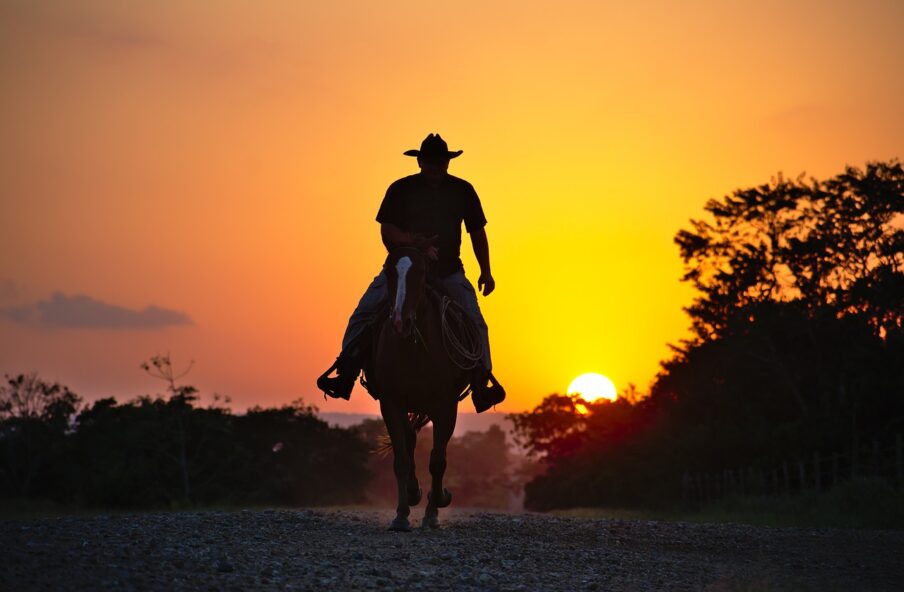By Rebecca Reed, @rebeccareed22

According to statistics, 70% of American households own a pet of some sort. The majority are dogs, but horses are owned by 3.9 million families. That’s a lot of equines, and if you’ve ever been around a horse-crazy teen, you can understand the fanatical pitch such love can take on.
This connection translates into readers’ tastes as well. When I was a teen, I read everything with a horse on the cover or in the title. I wasn’t alone. And all of those horse-loving teens are now full-grown women (and a few men) with the desire to read and more time to get it done. They’ll still be enticed by horses on the cover of your novel or animals featured in a major role within the plot.
So how do you write about horses if you know nothing about them? There’s way more information than I can fit into this blog, but here are a few easy-to-master terms and ideas that will keep you out of the dung heap with your horse-savvy readers.
Equipment
- Tack: this includes the saddle, bridle, saddle pad and any other equipment needed to ride the horse. Tacking a horse up means putting on the equipment prior to riding. If someone says, “He’s all tacked up.” That means the horse is wearing his saddle and bridle.
- Bridle: The leather or nylon straps that go behind the horse’s ears, hold the bit (the metal part that goes in the horse’s mouth, and the reins (the part a rider holds to control the horse which attach to the bit).
- Rein: Usually a thin, leather strap that attaches to the bit and goes along the neck to the rider’s hand to grant control over the horse. Some reins are split, meaning there are two separate pieces – one on each side. Others are a single piece joined by a buckle, or perhaps simply a single piece of leather or nylon that must be placed over the horse’s head.
- Halter: The leather or nylon straps that go over a horse’s ears and around a horse’s muzzle. May be worn while in a pasture, stall, or while being transported or led, sometimes even beneath the bridle. Often used to attach a lead rope or leather lead.

- Saddle: Saddles come in many types, but the two most common are the western and English saddles.
Western saddles are the ones you see in cowboy movies with a horn protruding from the front, originally used to wrap rope around, but also good for a security handle if your horse spooks. These are larger than other saddles, often with leather ties to secure items for long rides. Stirrups (the things that riders place their feet into) are large, often covered in leather, and attach via fenders––large flat pieces of leather that protect the rider’s leg from chafing against the horse or equipment on long rides.
English saddles are smaller with a flatter front and metal stirrups attached by narrower leather straps. They are made for hunting, eventing, jumping, and other such pursuits. This is the type of saddle you’d see in colonial America prior to westward expansion.
Actions around Horses
- Most every action begins on the near or left side of the animal. (The direction is always as if you are facing the same way the horse is facing.) Alternatively, this is the driver’s side of an American vehicle. These actions include: brushing, saddling, mounting and dismounting.
- Using the reins: The rider directs the horse using the reins, coupled with shifts of weight and leg pressure. Occasionally, verbal cues guide the animal as well.
Like old-fashioned cars, some horses have manual steering through direct rein pressure. This means to go left, pull on the left rein; to go right, pull on the right. A rider must use both hands with this method.
Other animals are trained to neck rein. This means that by using only one hand the rider pushes the rein against the horse’s neck which signals the horse to turn away from the rein. It is efficient and allows for instant directional changes––like power-steering.
These are only the barest of tips that could help you write more realistically about horses. If you need additional aid, there are many qualified horsemen and women who could provide helpful advice. I’m more than willing to help as well. Feel free to contact me and may your words canter along happy trails. . . figuratively speaking, of course.
Rebecca Reed loves adventure. From riding race horses to sampling the world’s ice cream flavors to writing tales of identity and purpose, she sees obstacles as challenges. A lover of Jesus, animals, and all things Scottish, you might find her coaching track, teaching languages, or listening to audiobooks on her rural Indiana farm. As a wife and mother of 4 adult children plus 2 exchange students and a huge, fruit-eating canine, she’s learned to embrace joy where she can find it––in life’s unexpected moments and inside a good story. Connect with Rebecca on her website: rebeccareedwrites.com and sign up for her monthly newsletter where she shares her worlds with readers. Follow her on social media via her https://linktr.ee/rebeccareedwrites.
Check out the Podcast and YouTube Channel she co-hosts with the amazing Rebecca Yauger at https://www.youtube.com/@RebeccaandRebecca for a little R&R reviewing books and chatting with authors.

